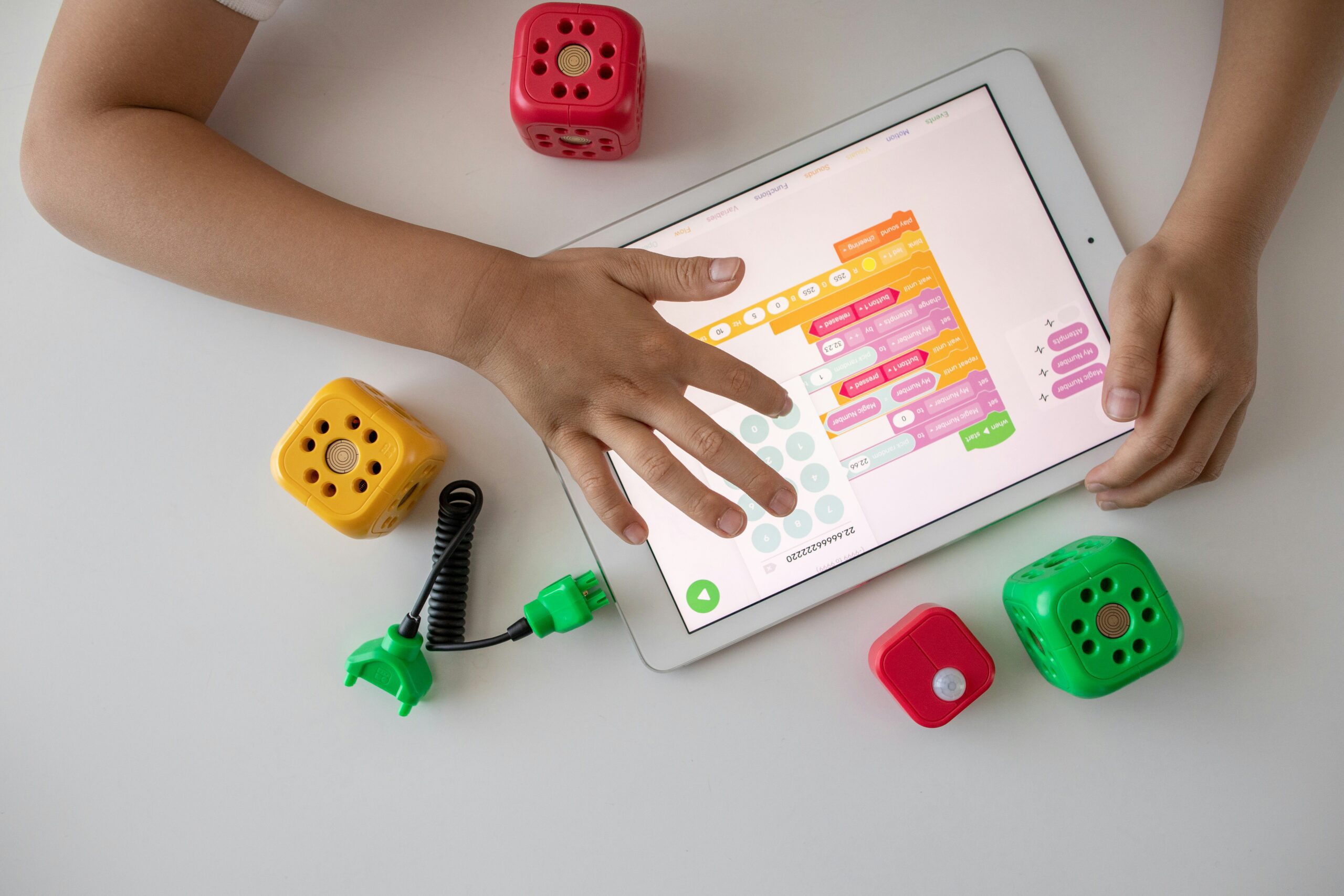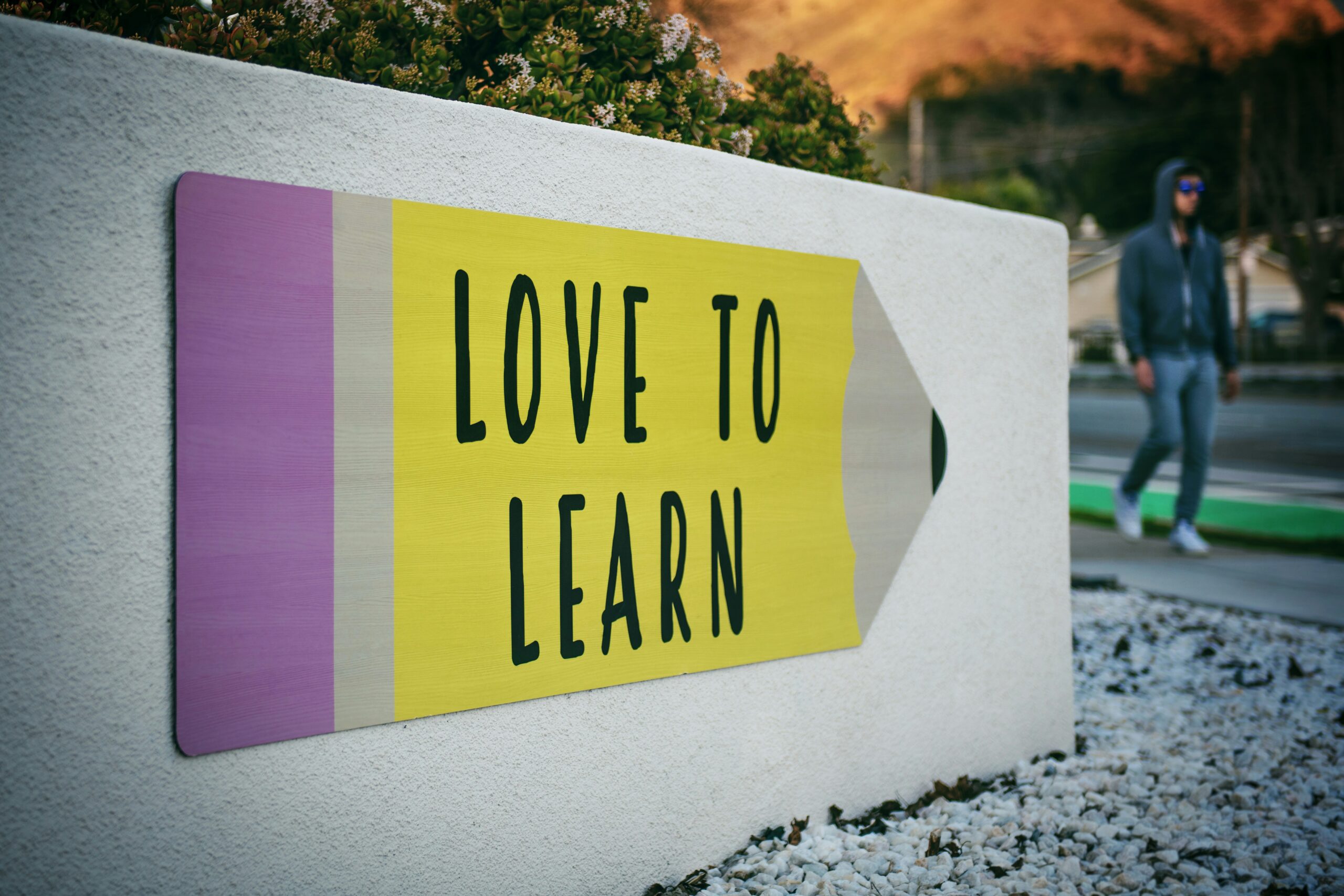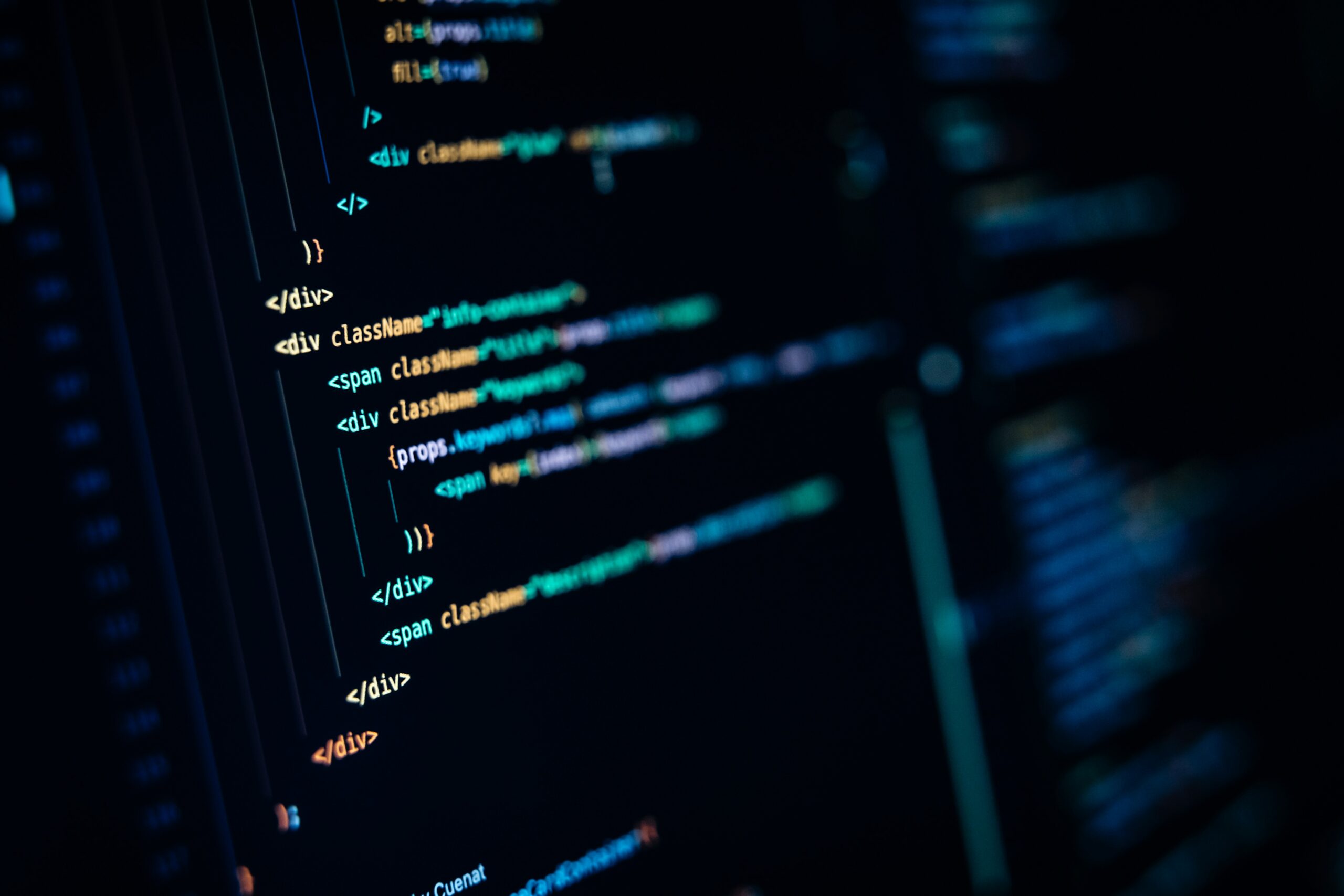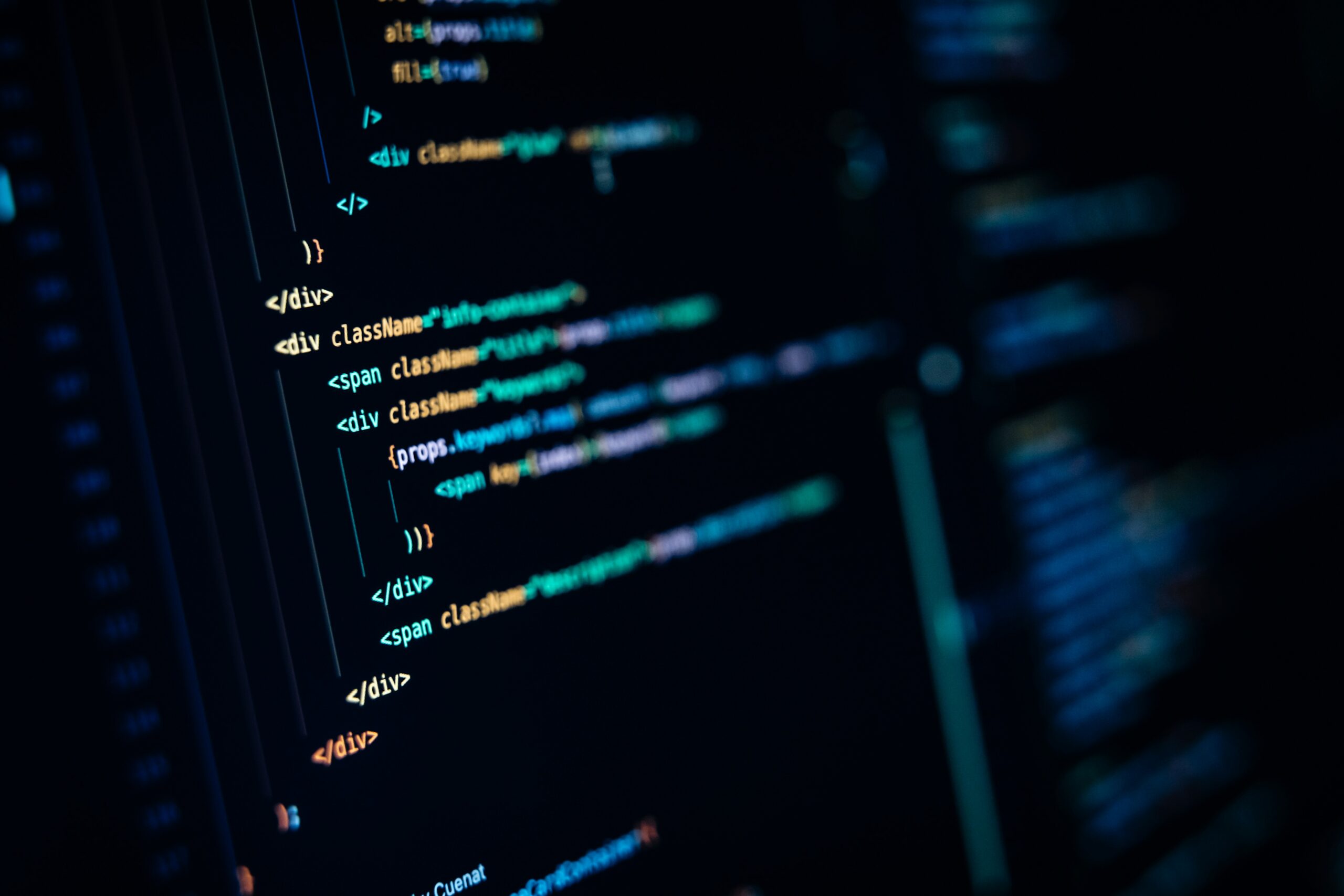In the era of smart cities, technology has become an integral part of our daily lives. From transportation to healthcare, every aspect of our lives is being transformed by innovative solutions. Education is no exception to this trend. With the rise of digital learning, education technology (EdTech) has emerged as a game-changer in the field of education. In this blog post, we will explore the importance of user interface (UI) and user experience (UX) solutions in education technology for smart cities.
The Role of Education Technology in Smart Cities
Smart cities are built on the foundation of technology and connectivity. They aim to enhance the quality of life by utilizing data and technology to improve various aspects of urban living. Education plays a crucial role in the development of smart cities, as it equips individuals with the skills and knowledge necessary to thrive in a digital society.
Education technology leverages digital tools and platforms to enhance the learning experience. It enables students to access educational resources anytime, anywhere, and at their own pace. EdTech solutions offer personalized learning experiences, interactive content, and real-time feedback, making education more engaging and effective.
The Importance of UI/UX in Education Technology
User interface (UI) and user experience (UX) are key elements of any digital product, including education technology. UI refers to the visual design and layout of a product, while UX focuses on the overall experience and usability. In the context of education technology, a well-designed UI/UX is essential to ensure effective learning outcomes.
Intuitive and user-friendly interfaces are crucial in education technology, as they enable students and teachers to navigate the digital platforms with ease. Clear navigation, organized content, and visually appealing design contribute to a positive user experience. A well-designed UI/UX reduces cognitive load and enhances engagement, allowing users to focus on the learning content.
UI/UX solutions in education technology also play a vital role in accessibility. Smart cities aim to be inclusive, providing equal opportunities for all citizens. Education technology should be designed to accommodate diverse learners, including those with disabilities. Accessible design features, such as text-to-speech options and adjustable font sizes, ensure that educational content is accessible to all.
Best Practices for UI/UX in Education Technology
When designing UI/UX solutions for education technology in smart cities, several best practices should be considered:
- Simplicity: Keep the interface simple and clutter-free to avoid overwhelming users. Use clear and concise language to guide users through the platform.
- Consistency: Maintain consistency in design elements, such as colors, fonts, and icons, to create a cohesive user experience.
- Responsive Design: Ensure that the platform is responsive and optimized for different devices, such as smartphones, tablets, and laptops.
- Personalization: Provide options for users to customize their learning experience, such as choosing their preferred language or adjusting the difficulty level.
- Feedback and Progress Tracking: Incorporate features that provide real-time feedback and allow users to track their progress to enhance motivation and engagement.
The Future of UI/UX in Education Technology
As technology continues to evolve, the future of UI/UX in education technology holds immense potential. Artificial intelligence (AI) and machine learning can be leveraged to create adaptive learning experiences tailored to each student’s needs and learning style. Virtual reality (VR) and augmented reality (AR) can provide immersive and interactive learning environments, making education more engaging and memorable.
Furthermore, the integration of UI/UX solutions with data analytics can provide valuable insights into students’ learning patterns and preferences. This data-driven approach can help educators personalize instruction and identify areas for improvement.
Conclusion
Education technology has the power to transform education in smart cities. By incorporating well-designed UI/UX solutions, digital learning platforms can provide engaging and personalized learning experiences. As smart cities continue to evolve, it is essential to prioritize education technology and ensure that it is accessible and inclusive for all learners. By embracing UI/UX best practices and leveraging emerging technologies, we can shape the future of education and empower individuals in the digital age.











Leave a Reply